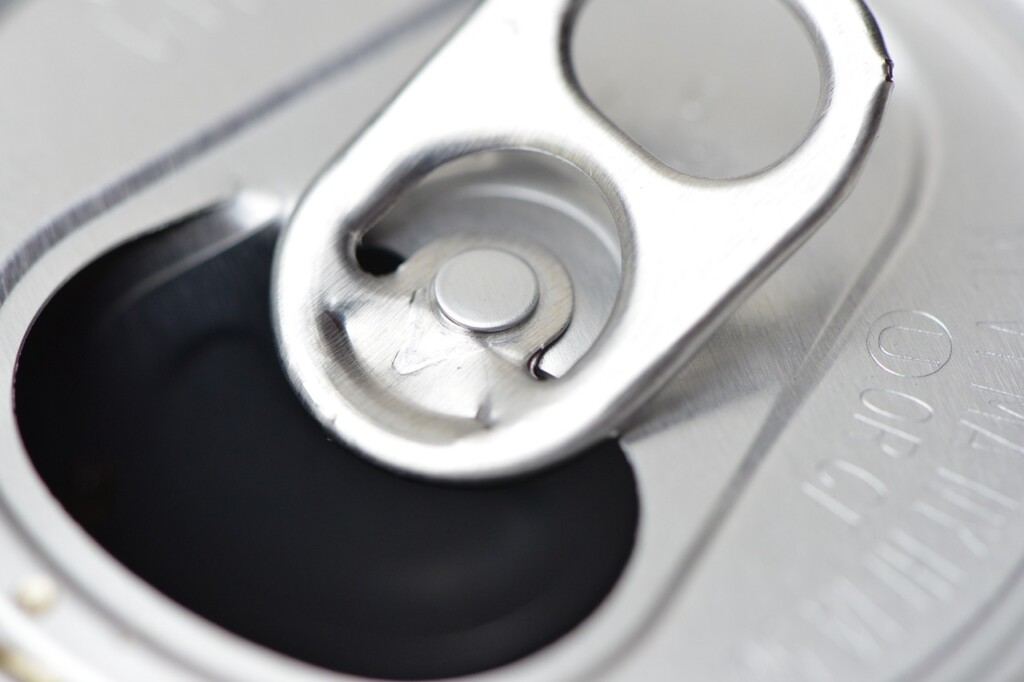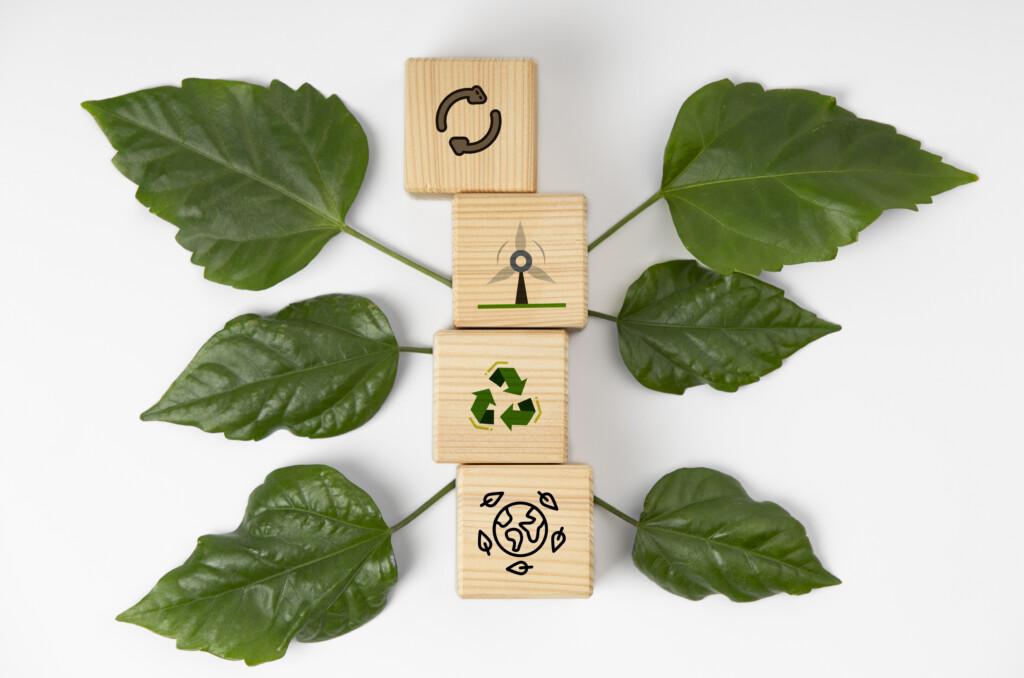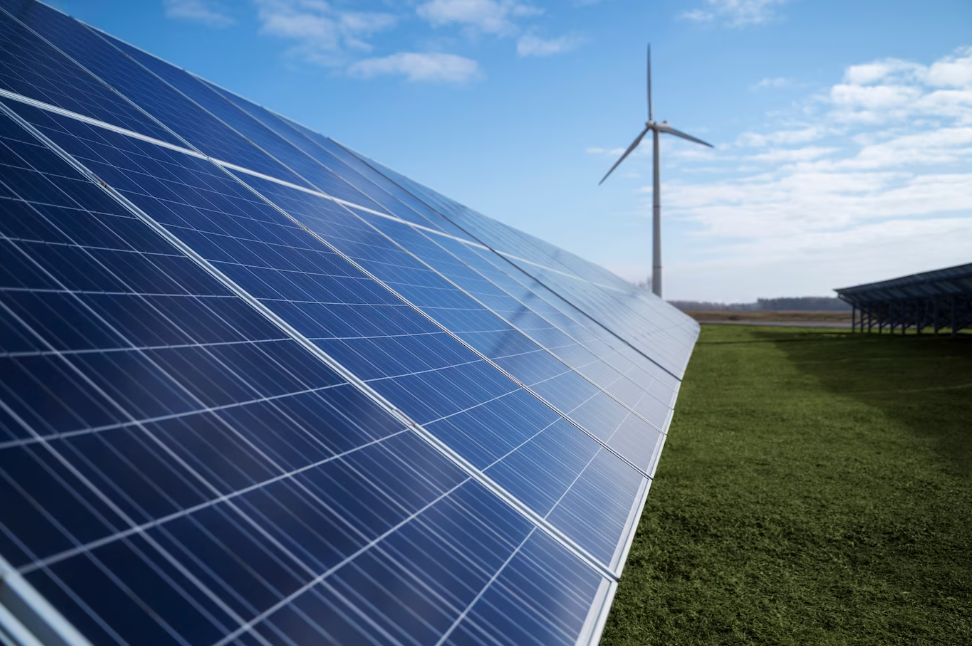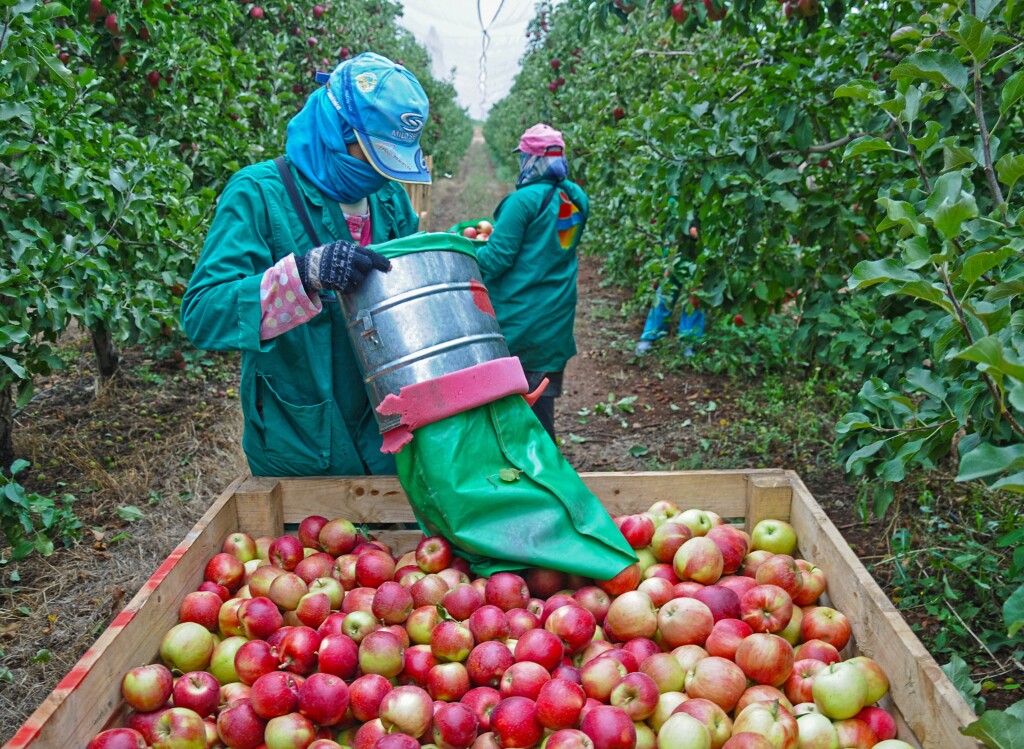Sustainability – you’ve probably heard this term a lot lately. It’s all about using resources today in a way that ensures they’re still around for the future. Think of it as a delicate dance between what we need now and what we need to leave behind for our kids and their kids. It’s not just about the environment, though that’s a big part of it; it’s also about making sure our economy and our communities can keep thriving down the line.
Now, here’s the thing: there are a bunch of myths out there about sustainability. You know, those oversimplified ideas that sound good at first but don’t really hold up when you dig a bit deeper. These myths can be tricky because they often come wrapped in good intentions but can lead us astray. That’s why it’s super important to get our facts straight.
In this piece, we’re going to bust some of these common sustainability myths. Why bother? Well, because getting sustainability right matters. It’s like piecing together a giant, complex puzzle. If we’re working with the wrong pieces (or myths, in this case), we’re not going to see the full picture. By clearing up these misconceptions, we’re all better equipped to make choices that genuinely help our planet, our economy, and our communities keep buzzing along healthily. So, let’s dive in and separate the sustainability fact from fiction.
The best way to predict the future is to create it.
Peter Drucker

When we talk about water cans, we’re generally referring to those made of aluminum, while water bottles are often plastic. At first glance, aluminum cans seem like the eco-friendlier choice. They’re recyclable and often contain a higher percentage of recycled content than plastic bottles. Plus, aluminum recycling is pretty efficient – it uses about 95% less energy than creating new aluminum.
However, the story doesn’t end there. The production of aluminum is energy-intensive, requiring a significant amount of electricity, often sourced from fossil fuels. This process releases greenhouse gases and other pollutants. So, even though aluminum cans are recyclable, their initial environmental footprint is quite high.
On the flip side, plastic water bottles are less energy-intensive to produce. But here’s the catch: their recycling rates are lower than aluminum, and they degrade into microplastics, posing a long-term environmental hazard. Plus, plastics are derived from petroleum, a non-renewable resource.
So, what does the lifecycle analysis tell us? It suggests that both options have their downsides. Aluminum cans might edge out a slight advantage due to their higher recycling rates and the efficiency of the recycling process, but they’re not the clear-cut winner they’re often made out to be.
The takeaway here is to consider the bigger picture. Reducing our overall consumption of single-use products, whether aluminum or plastic, and opting for reusable water containers is a more sustainable choice in the long run.

Let’s get real – sustainability is far from being a fleeting trend. It’s a critical, ongoing approach to living and working that’s gaining more importance as we face global environmental challenges. First off, sustainability isn’t new. For centuries, various cultures have practiced sustainable living, like indigenous communities using land resources without depleting them. Today, sustainability has evolved to address modern challenges, from climate change to resource depletion.
Now, let’s look at some examples of long-term sustainable practices. Renewable energy, like solar and wind power, is a big one. Unlike fossil fuels, these energy sources don’t run out and have a much smaller carbon footprint. They’re not just a ‘nice-to-have’; they’re essential for reducing global greenhouse gas emissions and combating climate change.
Another example is sustainable agriculture. This practice involves crop rotation, reduced pesticide use, and organic farming. It helps maintain soil health, reduces water usage, and supports biodiversity. Sustainable farming isn’t just good for the environment; it’s crucial for ensuring food security in the long term.
Green building practices also illustrate sustainability’s staying power. Using sustainable materials, energy-efficient designs, and green technologies, these buildings reduce energy consumption, water usage, and overall environmental impact.
The benefits of these practices go beyond environmental conservation. They foster healthier communities, create new economic opportunities, and lead to technological innovations. So, sustainability isn’t just a phase – it’s an essential, evolving approach to ensuring a viable planet for future generations.

The truth is, while some sustainable choices might have a higher upfront cost, they often lead to significant savings in the long run. Take energy-efficient appliances, for example. Products like LED light bulbs, energy-efficient refrigerators, or low-flow showerheads might cost more initially than their conventional counterparts. However, they consume less energy or water, leading to lower utility bills over time. The U.S. Department of Energy notes that LED light bulbs use at least 75% less energy and last 25 times longer than traditional incandescent bulbs.
Another area where sustainability saves money is in home and building construction. Green buildings might be more expensive to construct, but they are cheaper to operate. They use less water and energy, which not only reduces utility costs but also minimizes their environmental impact. According to a report from the World Green Building Council, green buildings can lead to significant operational savings.
In the realm of transportation, electric vehicles (EVs) are a prime example. While EVs may have a higher sticker price than gasoline cars, they have lower running costs. They require less maintenance (no oil changes, for instance) and are cheaper to fuel. As battery technology improves and charging infrastructure expands, the total cost of owning an EV is steadily decreasing.
Sustainable practices in agriculture, like organic farming, can also be economically viable. Although organic products are often priced higher, the demand for organic food continues to grow, and with it, the opportunity for farmers to tap into this lucrative market. Moreover, sustainable farming practices can improve soil health and yield over time, reducing the need for expensive chemical inputs.
So, the narrative that sustainability is always more expensive doesn’t hold up. In many cases, making eco-friendly choices can actually be kinder to your wallet in the long term.

When we think about paper versus plastic, it’s tempting to declare paper the environmental hero. After all, it comes from trees (a renewable resource), breaks down easily, and we’ve been recycling it for years. But the truth isn’t so black and white.
Let’s start with paper. Producing it is quite a thirsty process, using lots of water, and it’s not shy about consuming energy either. Forests, those crucial lungs of our planet, are often compromised to make paper, impacting biodiversity and carbon absorption. Yes, paper degrades gracefully back into the earth and can be recycled, but this recycling dance can’t go on indefinitely. With each cycle, paper fibers get shorter and eventually, no longer usable.
Now, plastic. It’s the poster child for modern waste problems – and rightly so. Made from fossil fuels, it’s like a high school rebel: it comes on strong (energy-intensive to produce), but then sticks around way longer than you want (taking centuries to break down). Recycling plastic? That’s a tricky one. It’s a picky process, with different plastics needing different recycling treatments. And unlike paper, recycled plastic often loses quality, limiting its future use.
So, what’s the verdict? Neither paper nor plastic is a clear winner. Both have their environmental baggage. The real champion move here is reducing our reliance on both. Opting for reusables, be it bags, bottles, or containers, is where we’ll find our true eco-friendly hero.

The belief that discarded clothing effortlessly transitions into new products is widespread, yet the actual process of textile recycling presents a series of intricate and formidable challenges.
Textile recycling faces several hurdles. First, the sheer diversity of materials in clothing makes recycling difficult. Many garments are made from a blend of natural and synthetic fibers, complicating the recycling process as these materials need to be separated. Synthetic fibers, derived from petroleum, don’t biodegrade like natural fibers and require different processing methods.
Moreover, the quality of fabric degrades with each recycling cycle, limiting the number of times a piece of cloth can be reused. This is particularly true for synthetic fabrics, which can lose integrity and quality when recycled. Also, the dyes and treatments applied to fabrics for color and performance further complicate recycling, as they need to be removed or treated separately.
As for sustainable fashion, it’s emerging as a powerful alternative. It focuses on creating clothing in environmentally and ethically responsible ways. This includes using sustainably sourced materials, like organic cotton or recycled polyester, and employing manufacturing processes that minimize waste and environmental impact. Sustainable fashion also emphasizes quality and durability, encouraging consumers to buy less but better-quality items that last longer.
Another alternative is the concept of a circular fashion economy. This approach aims to design out waste and pollution, keep products and materials in use, and regenerate natural systems. It encourages practices like upcycling, where old clothes are repurposed into new items, and clothing rental or swapping, which extends the life of garments and reduces the need for new production. While recycling clothes is more challenging than it appears, initiatives in sustainable fashion and circular economy models offer promising alternatives, encouraging us to rethink how we produce, use, and dispose of our clothing.

The myth that renewable energy can’t meet all our needs often stems from doubts about its reliability and scalability. However, the reality is that the potential of renewable energy is vast, and technological advancements are steadily overcoming its limitations.
Renewable energy sources like solar, wind, hydro, and geothermal are abundant and, unlike fossil fuels, won’t run out. The sun and wind provide more than enough energy to power the world, but the challenge has been capturing and utilizing this energy efficiently. Here’s where technology comes in. Solar panels and wind turbines have become significantly more efficient and less expensive over the past decade, making them competitive with traditional energy sources.
One of the primary limitations of renewable energy is its variability – the sun doesn’t always shine, and the wind doesn’t always blow. This is where energy storage solutions play a crucial role. Advancements in battery technology, such as lithium-ion and emerging alternatives like solid-state batteries, are making it more feasible to store renewable energy for use when needed. Large-scale battery storage systems are being implemented around the world, enhancing the reliability of renewable energy.
Moreover, innovations in grid infrastructure and energy management systems are enabling a more flexible and resilient energy network. Smart grids, which use digital technology to monitor and manage the flow of energy, can balance the intermittency of renewables by distributing energy more efficiently and integrating various energy sources.
In addition to technological advances, the expansion of renewable energy also depends on supportive policies and investments. Governments and industries around the world are increasingly recognizing the potential of renewables and are investing in their development and integration into the energy mix. While renewable energy sources have their challenges, ongoing technological advancements and increasing global commitment are making it increasingly feasible for them to meet a significant portion, if not all, of our energy needs.

Dispelling the myth that Electric Vehicles (EVs) have no environmental impact requires a holistic view of their lifecycle, contrasting sharply with traditional combustion engine vehicles.
Starting with their creation, EVs present a unique challenge. The production, particularly of their batteries, demands significant energy and involves the extraction of raw materials like lithium and cobalt. This process can have notable environmental repercussions, including habitat damage and water pollution. In comparison, while traditional vehicles also have a hefty manufacturing footprint, the additional burden for EVs lies in their battery production.
Once they hit the road, EVs start to show their environmental advantage. They run emission-free, a significant leap from the exhaust fumes of gasoline or diesel vehicles. The catch here is the source of their electricity. If it’s from renewables, EVs are remarkably cleaner. But if they’re charged from fossil fuel-derived electricity, the environmental benefits get a bit diluted. Still, they maintain an edge over conventional vehicles in reducing air pollution.
Towards the end of their life, EV batteries bring up another environmental concern. Disposing of or recycling these batteries is crucial to prevent harm, and while recycling methods are evolving, they’re not yet widespread and can be energy-intensive.
Looking at the big picture, EVs, despite their manufacturing and disposal challenges, generally leave a lighter environmental footprint than their gasoline-powered cousins. They’re not a perfect solution, but as part of a broader shift towards cleaner energy sources and improved battery technologies, EVs play a crucial role in steering us towards a more sustainable transportation future.

Expanding on the myth that local products are always more sustainable, it’s important to dive deeper into what sustainability truly entails. While local products benefit from shorter transport distances, leading to reduced carbon emissions from transportation, this is only a fragment of the sustainability picture.
Sustainability also encompasses how products are produced, the resources they consume, and their overall ecological footprint. For instance, in agriculture, the method of cultivation plays a critical role. A local farm employing conventional farming techniques that require significant amounts of water, fertilizers, and pesticides may have a larger environmental impact compared to a more sustainable farming practice elsewhere.
Additionally, local doesn’t always equate to small-scale or artisanal. Some local industries might still engage in practices that are not environmentally friendly, like heavy use of chemicals or energy-inefficient processes. The key is to consider the entire lifecycle of the product, including how it’s grown, harvested, processed, and even packaged.
Supporting local economies is undoubtedly beneficial for community development and can lead to shorter supply chains, which typically mean less environmental impact from transportation. However, this benefit must be weighed against other sustainability factors.
Choosing local products as a path to sustainability requires a nuanced understanding. It’s about balancing the benefits of reduced transport emissions with the environmental costs of production. Consumers aiming for sustainable choices should consider not only the locality but also the production methods, resource use, and overall ecological practices involved in creating the products they choose. This holistic approach ensures that the decision to buy local is genuinely contributing to a more sustainable world.

Natural products span a broad spectrum, including food, personal care items, and cleaning products. While their origins lie in nature, their journey from source to consumer is layered with environmental considerations. In the realm of agriculture, for example, organic farming practices, often synonymous with ‘natural,’ avoid synthetic pesticides and chemicals. However, this approach can be less yield-efficient, potentially requiring more land and water compared to conventional farming methods. This increased resource demand can lead to unintended ecological consequences, such as habitat degradation and higher water usage.
Natural personal care and cleaning products are not automatically eco-friendly. The process of extracting and refining natural ingredients can be resource-intensive, involving significant energy and water consumption. The packaging of these products, often overlooked, adds to their environmental footprint, regardless of the natural contents.
Moreover, the sustainability of natural products is affected by sourcing practices. The popularity of certain natural ingredients can lead to overharvesting or exploitation of natural resources, impacting biodiversity and ecosystem health. This is evident in products derived from specific herbs, oils, or wood, where demand can outpace sustainable harvesting practices.
The term ‘natural’ lacks a standardized definition in many industries, leading to varied interpretations and applications. This ambiguity can make it challenging for consumers to assess the true environmental impact of these products.
While natural products can be part of an environmentally conscious lifestyle, they are not inherently sustainable by default. Effective sustainability requires a comprehensive assessment of a product’s lifecycle – from sourcing and production to usage and disposal. It is crucial for consumers seeking environmentally friendly options to delve beyond the ‘natural’ label and consider the overall environmental implications of their choices.

In wrapping up our exploration of these sustainability myths, it’s clear that uncovering the truth behind these common beliefs is crucial for meaningful environmental progress. Each myth dissected here not only brings clarity but also emphasizes the need for deeper understanding and critical thinking in our approach to sustainability. Recognizing the complexities and nuances in these issues is essential for making genuinely impactful choices that contribute positively to our environment.
The journey towards a sustainable future involves continuous learning and adaptation. As new technologies emerge, research advances, and our understanding of ecological impacts deepens, staying informed and flexible in our approaches is vital. Encountering and overcoming these myths isn’t just about correcting misconceptions; it’s an invitation to engage more profoundly with the principles of sustainability.
It’s important to remain curious and proactive in seeking out information. Beyond just accepting popular notions, questioning and researching allows for a more comprehensive understanding of how best to protect and nurture the environment. Every informed choice, no matter how small, is a step towards a larger, collective effort in shaping a sustainable future. The path to a healthier planet relies on this shared commitment to knowledge, innovation, and action.
Stay a while and read more posts like this
Let’s devote a few minutes to envision our world in 2100. It’s quite a thought experiment, given the dramatic transformations our planet has experienced in...
With climate change looming large, the world is embarking on a quest for solutions to heal our ailing planet. Solar geoengineering emerges as a burgeoning field,...
Taking on parenthood comes with unique choices that factor in more than just our family’s immediate needs. For modern parents, who are not just guardians of...